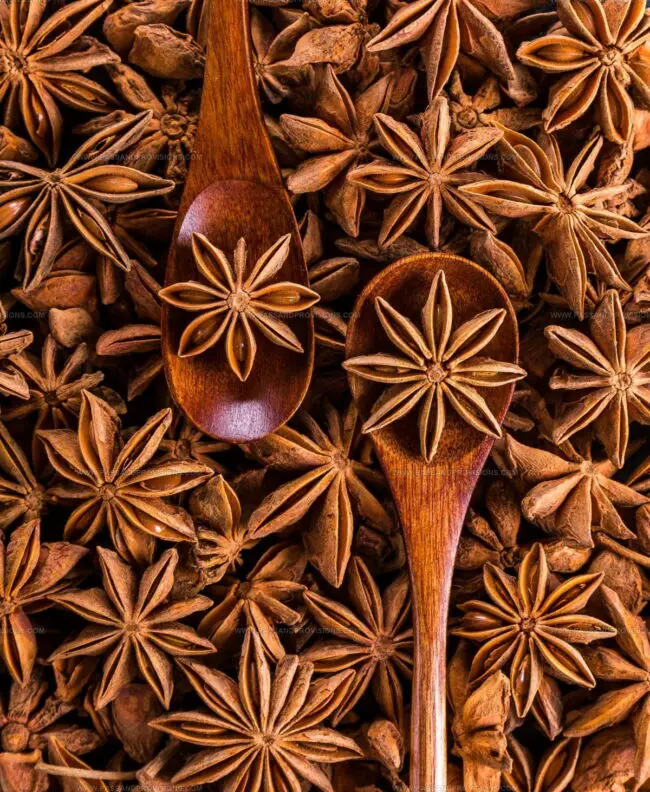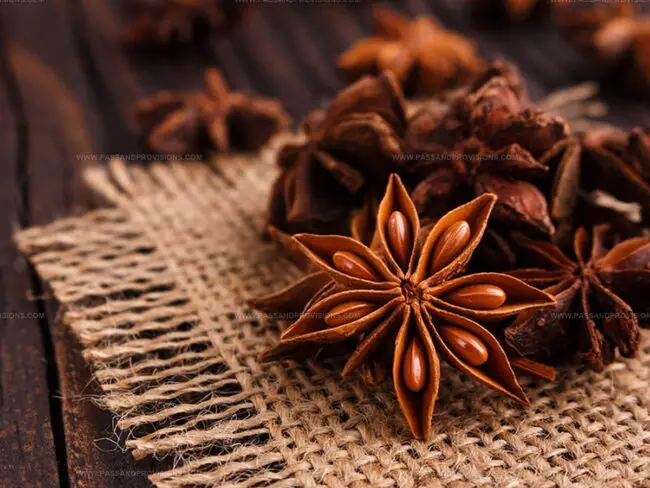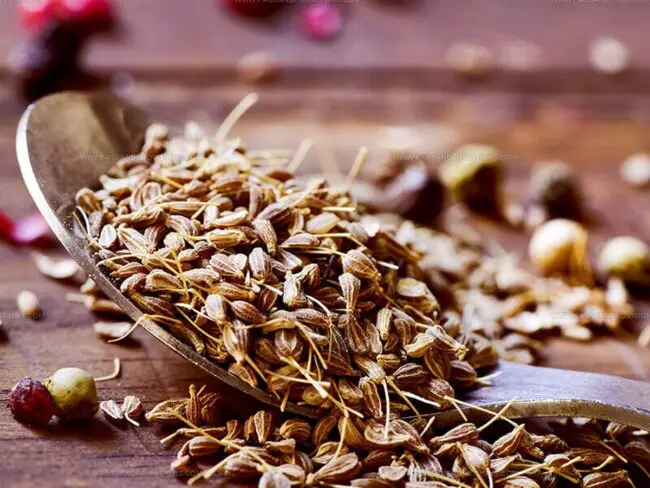What Does Anise Taste Like? Sweet Licorice Notes for Curious Taste Buds
Anise, a distinctive spice with a rich culinary history, has intrigued food lovers for centuries.
Mysterious and complex, this aromatic ingredient adds depth to countless recipes around the world.
Some people find its flavor surprisingly bold and unique, while others remain curious about its true sensory profile.
Chefs and home cooks alike appreciate its remarkable ability to transform dishes with just a hint of its essence.
Mediterranean and Middle Eastern cuisines particularly celebrate this remarkable spice in various traditional preparations.
The fascinating journey of understanding anise's flavor profile involves more than simple taste descriptions.
Each culinary tradition brings its own perspective to this intriguing ingredient.
Your curiosity about anise is about to uncover a delightful gastronomic adventure that promises to tantalize your taste buds.
What Is Anise?
Small seeds from anise plants pack a powerful punch in cooking.
Seeds come from Pimpinella anisum plants grown in Egypt, Middle East, and European regions for many years.
Brown-gray seeds look slightly curved and smell like licorice.
Plant leaves and stems also carry similar tasty herbal notes similar to fennel and tarragon.
Spice makers value these seeds for their unique flavor profile.
People use whole or ground seeds in different recipes.
Cooks can also create essential oils and extracts from these special seeds.
Seeds connect back to ancient food traditions reaching as far as 1500 B.C.
Taste combines sweet and sharp notes that remind people of licorice.
Seeds belong to parsley plant groups and grow naturally in Mediterranean and Chinese regions.
While aroma sounds like licorice, actual flavor contains subtle differences.
Bakers often include these seeds in special spiced desserts and traditional recipes.
Flavor of Anise
Spicy, sweet, and fragrant, anise brings a licorice-like taste to many dishes.
Special compounds called anethole give this herb its unique flavor, similar to what makes tarragon and basil taste so good.
Interesting chemical properties make anethole dissolve easily in alcohol but not in water.
Pouring water into drinks with anise extract causes a cool cloudy effect, which people call the ouzo effect after a famous liqueur.
People sometimes mix up anise with licorice root, though anise offers a milder and less intense flavor.
Small amounts of this spice can make foods and drinks more interesting.
Chefs love using anise because it adds a gentle warmth and unexpected twist to recipes.
Its subtle spiciness helps make dishes more enjoyable and brings out hidden flavors in different foods.
Cooking Uses for Anise
Anise in Baking: Signature Breads and Pastries
Anise is a spice with a sweet, licorice-like taste that can make your baked goods stand out.
Try combining anise with orange or lemon zest in dough for a bright, balanced flavor.
A little anise goes a long way, so start with a small amount and adjust to your liking for a delicious touch in breads and pastries.
Anise Liqueurs and Spirits Around the World
Anise liqueurs and spirits are popular in many countries and bring a sweet, herbal kick to drinks and desserts:
Anise vs. Fennel
Anise seeds carry a sweeter and more spicy kick compared to fennel seeds, with fennel having a gentler taste profile.
Pork dishes frequently include fennel, while anise shows up more often in hard candies and flaky pastries.
People sometimes wonder about the differences between these two ingredients.
Fennel actually works as a vegetable, with its bulb appearing in many fresh salads and offering a nice crisp crunch.
Anise leaves might pop up in salads occasionally, though only the leaves get used, and cooks also brew them into a pleasant tea.
Medicinal Uses of Anise
People know anise as more than just a baking ingredient. Historians trace its roots back to ancient times, with evidence showing use by Romans and in India around 1500 B.C. This herb comes from Mediterranean areas and carries a powerful taste.
Seeds of anise hold anethole, a compound with healing and cooking benefits:
Does Anise Ease Menopause?
Women experience natural hormone changes as they age, leading to challenges like hot flashes, feeling tired, and skin dryness.
Research suggests anise seed might work like estrogen in women's bodies, which could help reduce menopause problems.
Scientists studied 72 women with hot flashes, giving some a fake pill and others a capsule with 330 mg of anise seed three times each day over four weeks. Women taking anise saw their hot flashes decrease by almost 75% in both strength and number.
Certain substances in anise seed could also help stop bone weakness, a major concern during menopause when estrogen levels drop.
Laboratory tests with rats showed an oil containing 81 percent anethole - anise's key ingredient - might protect against bone loss and weakening.
Side Effects of Anise
When people eat foods with anise, it seems safe.
Scientists do not have enough proof to say if anise works well as medicine.
People who have allergies to similar plants like asparagus, caraway, celery, coriander, cumin, dill, or fennel might react badly to anise.
Medical experts do not know enough about anise's safety for women who are pregnant or nursing.
Women should stay away from anise supplements during these times.
Anise pills might act like estrogen in body systems.
People with hormone-related health problems such as breast cancer, uterine cancer, ovarian cancer, endometriosis, and uterine fibroids should be careful about taking these supplements.
Some medicines could interact with anise, including birth control pills, estrogen, and tamoxifen.
Anyone taking these or other medications should speak with their doctor before using anise products.
How to Grow Anise
Anise grows in many regions worldwide. Gardeners find this herb enjoyable and rewarding to cultivate.
Success depends on proper growing techniques to ensure sweet flavor.
Careful attention helps produce robust and delicious anise plants. Gardeners can enjoy wonderful results by following simple care instructions.
Watching these plants develop brings satisfaction to herb enthusiasts who appreciate natural growth processes.



